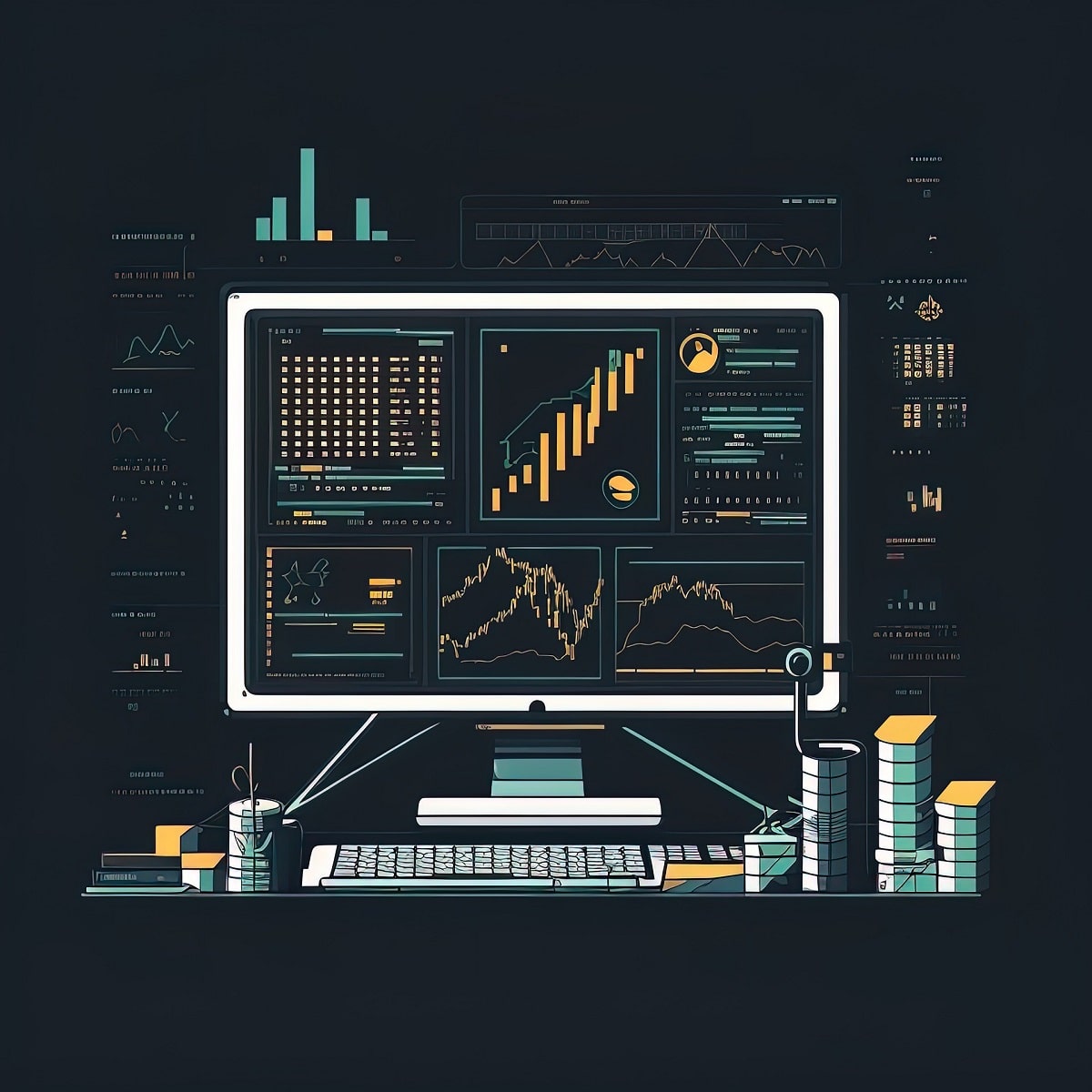Technology keeps advancing at a rapid pace and it’s vital for businesses to keep up and keep innovating. Now let us start looking at some of the biggest advancements in tech to keep track of, including AI, blockchain, and the Internet of Things (IoT).

Robotic Process Automation (RPA).
If your business has repetitive tasks like filling in forms or copying files, then you need to look at robotic process automation. Software robots can automate these lower-skilled tasks, freeing up your team to do more skilled work.
Many industries have a high volume of work like data entry and it’s a slow process to do manually. Instead, you can use RPA to get this done faster and cheaper.
Another advantage of RPA is that it eliminates the potential for human error. Employees are also happier and more productive when they don’t have to do these mindless tasks.
Things like visitor management are vital to business functioning, but they can be automated and everyone benefits.
Artificial Intelligence (AI) and Machine Learning (ML).
Machine learning is where machines learn directly from data without needing any programming. This is a component of AI. But AI implies a simulation of human intelligence and decision-making, which is why there is an ethical aspect of AI.
These processes represent much of the future prospects of businesses, with AI, in particular, transforming how we do business. One example of this is customer service, which can largely be done by interactive bots.
These bots can mimic human interaction and interact with customers naturally. AI also represents a revolution for predictive analytics because it’s able to process far more data more efficiently than a human could.
This translates into better data utilization, such as personalized marketing. AI can now extract far more information from our browsing activity and occasionally provide scarily accurate suggestions.
People can do these jobs too. But AI makes things far more efficient and cost-effective, while also being able to do certain tasks (like data analytics) better than a person could.
This doesn’t mean you should replace all your employees with AI. However, we can shift the kind of jobs that people do to those that require more advanced skills.
Internet of Things (IoT) Integration.
When we think about IoT, we often immediately think about smart homes and digital personal assistants. While this is certainly part of it, we are seeing IoT emerging more in business spaces, particularly when it comes to data collection.
Because IoT leverages both cloud computing and machine learning, it can speedily gather a great amount of real-time data, communicate across multiple devices, and then store that data remotely.
IoT devices are very useful when it comes to managing assets, whether it’s your car in your garage or your office equipment. This monitoring and management also include things like predictive and preventative maintenance.
On an even bigger scale, we are beginning to see smart cities as well as automated supply chain management. This eliminates the stress of monitoring your supply and working out when to order more things.
Cloud Computing.
Instead of having massive data servers, businesses can now store their data on the cloud. This reduces the need for space, expensive investments, and constant upkeep.
It also allows for much more flexibility and creates scalability, particularly for smaller companies.
Smaller companies are now able to store and access better data centers for less money, opening many doors. It has also revolutionized the world of virtual working, with a rise in positions like medical virtual assistants.
Cloud-based data storage also allows for easier onboarding and collaboration because people across the world can access the same data. This speeds up the process of both developing and deploying, especially when used in conjunction with DevOps methodology.
Blockchain technology.
Blockchain technology is largely used to record transactions, making it a kind of digital ledger. Rather than being stored on one computer or even one network, it stores data on a series of participating networks.
Therefore, blockchain technology is decentralized.
The major benefit of blockchain lies in its decentralized nature, making it more secure. Because there is no single entry point, it’s incredibly difficult to change data or hack into the blockchain.
For supply chain management, blockchain is very programmable. It can easily be set up to automate orders when certain conditions are triggered, streamlining your supply chain processes.
Data entered into the blockchain is final. This is one of the reasons that it’s becoming more popular for recording smart contracts.
Blockchain’s decentralization also means that there is no need for physical servers. It’s a better way of storing data that also reduces business expenses.
Augmented Reality (AR) and Virtual Reality (VR).
As more things become digitized, it’s no surprise that VR and AR are sweeping across many industries, including retail and healthcare.
Using AR and VR, consumers are now able to engage in virtual product demonstrations, sometimes even testing things out in the comfort of their own homes. As VR emerges, this futuristic technology ensures far more customer engagement.
AR and VR are also incredibly useful when it comes to training employees. They have replaced outdated training videos with simulators and virtual scenarios.
There are also a variety of applications in the healthcare field, especially for virtual consultations.
When it comes to businesses in the design industry, AR and VR allow for enhanced visualization versus flat images on a computer screen. The digital nature of VR also means that remote collaboration is far easier.
Leave a Reply